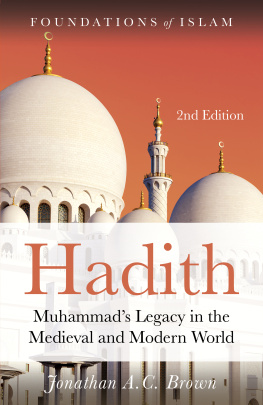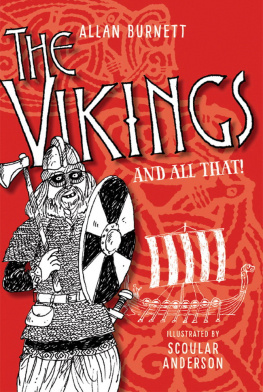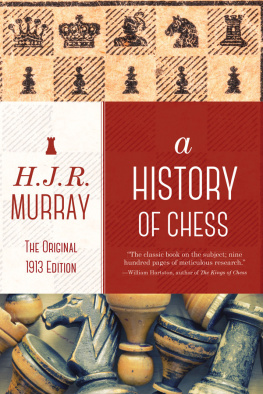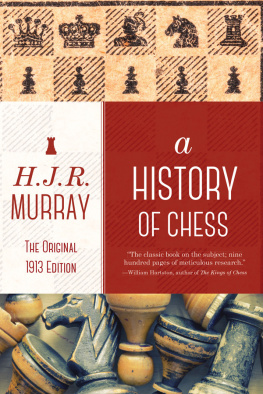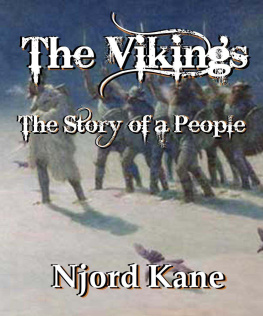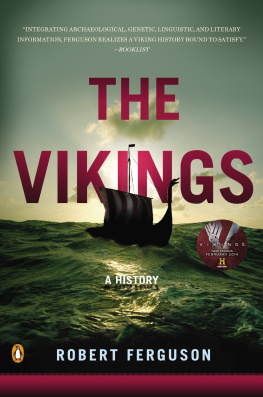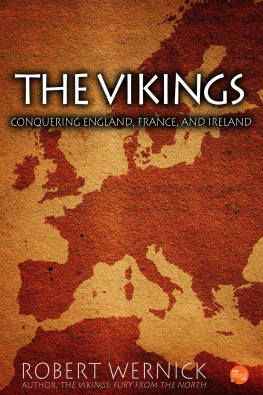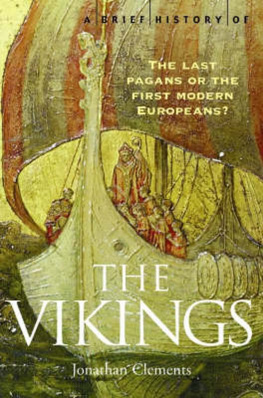Ivory Vikings
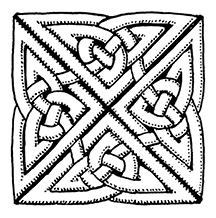
The Mystery of the Most Famous Chessmen in the World and the Woman Who Made Them
Nancy Marie Brown

St. Martins Press
New York
Thank you for buying this St. Martins Press ebook.
To receive special offers, bonus content, and info on new releases and other great reads, sign up for our newsletters.

Or visit us online at us.macmillan.com/newslettersignup
For email updates on the author, click here.
The author and publisher have provided this e-book to you for your personal use only. You may not make this e-book publicly available in any way. Copyright infringement is against the law. If you believe the copy of this e-book you are reading infringes on the authors copyright, please notify the publisher at: us.macmillanusa.com/piracy .
For Will and Mel, who made me appreciate games
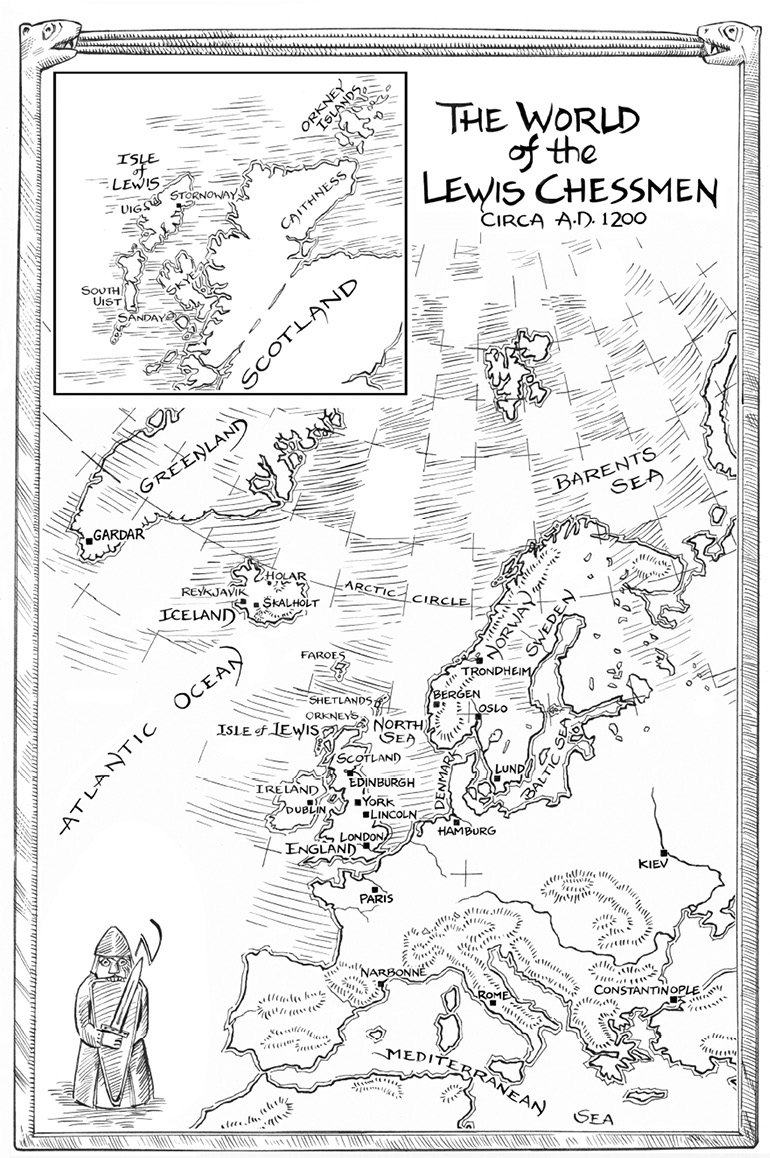
Introduction
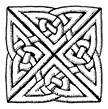
In the early 1800s, on a golden Hebridean beach, the sea exposed an ancient treasure cache: ninety-two game pieces carved of ivory and the buckle of the bag that once contained them. Seventy-eight are chessmenthe Lewis chessmenthe most famous chessmen in the world. Between one and five-eighths and four inches tall, these chessmen are Norse netsuke, each face individual, each full of quirks: the kings stout and stoic, the queens grieving or aghast, the bishops moon-faced and mild. The knights are doughty, if a bit ludicrous on their cute ponies. The rooks are not castles but warriors, some going berserk, biting their shields in battle frenzy. Only the pawns are lumpssimple octagonsand few at that, only nineteen, though the fourteen plain disks could be pawns or men for a different game, like checkers. Altogether, the hoard held almost four full chess setsonly one knight, four rooks, and forty-four pawns are missingabout three pounds of ivory treasure.
Who carved them? Where? How did they arrive in that sandbankor, as another account says, that underground ciston the Isle of Lewis in westernmost Scotland? No one knows for sure: History, too, has many pieces missing. To play the game, we fill the empty squares with pieces of our own imagination.
Instead of facts about these chessmen, we have clues. Some come from medieval sagas; others from modern archaeology, art history, forensics, and the history of board games. The story of the Lewis chessmen encompasses the whole history of the Vikings in the North Atlantic, from 793 to 1066, when the sea road connected places we think of as far apart and culturally distinct: Norway and Scotland, Ireland and Iceland, the Orkney Islands and Greenland, the Hebrides and Newfoundland. Their story questions the economics behind the Viking voyages to the West, explores the Viking impact on Scotland, and shows how the whole North Atlantic was dominated by Norway for almost five hundred years, until the Scottish king finally claimed his islands in 1266. It reveals the struggle within Viking culture to accommodate Christianity, the ways in which Romes rules were flouted, and how orthodoxy eventually prevailed. And finally, the story of the Lewis chessmen brings from the shadows an extraordinarily talented woman artist of the twelfth century: Margret the Adroit of Iceland.
The Lewis chessmen are the best-known Scottish archaeological treasure of all time. To David Caldwell, former curator at the National Museum of Scotland in Edinburgh, where eleven of the chessmen now reside, they may also be the most valuable: It is difficult to translate that worth into money, he and Mark Hall wrote in a museum guidebook in 2010, and practically impossible to measure their cultural significance and the enjoyment they have given countless museum visitors over the years. Or, as Caldwell phrased it to me over tea one afternoon in the museums cafeteria: If you knew what they were valued at, you wouldnt want to pick one up.
Too late for that. Id already spent an hour handling four of them. Out of their glass display case, they are impossible to resist, warm and bright, seeming not old at all, but strangely alive. They nestle in the palm, smooth and weighty, ready to play. Set on a desktop, in lieu of the thirty-two-inch-square chessboard theyd require, they make a satisfying click. The king, queen, and rook I chose are all about the same size: two and three-quarters to three and a quarter inches tall. The bishop is much biggerover three and a half inches to the peak of his pointed miterobviously from a different set, I thought, though its hard to sort the fifty-nine face pieces by size. You can make two setsthen the system falls apart. The Lewis hoard may represent more than four chess sets. There may be more pieces missing than we think.
Perhaps somebroken or decayedwere left behind in that sandbank or cist by whoever discovered them. Written accounts of the find are contradictory. But the collection does seem to have been sorted. The chessmen we have are remarkably well preserved for having lain in the ground for six hundredsome years. Except for the spider web of surface cracks no one can explain (worm channels? etching by acids secreted by plant roots? damage by marine gastropods?) and a dark mottling to his creamy color, the bishop in my hand looks brand new. Dressed in chasuble and miter, he clasps his crozier close to his cheek and raises his right hand in an awkward blessing. He has an enormously long thumb. His nose is straight, his eyes close set, his mouth crooked with a bit of an overbite. Hes a jowly fellow, toono ascetic here. Hes carved from a prime section of walrus tusk, I see, turning him upside down: I can barely tell where the smooth ivory surface of the tusk gives way to its darker, grainier core.
The rook, too, was made of quality ivory. Hes uniformly shiny, though he sports the same speckling of fine cracks as the bishop. He brandishes his sword and bites his kite-shaped shield, berserk fashion. His buck teeth arent straight. His nose isnt either: It looks broken. Like the bishops, his garment is simple. It seems to be just a long coat, perhaps of leather. A few strong grooves mark the fabrics folds; a line of dots on his cuff suggests ornament. His helmet is a plain conical cap.
Neither rook nor bishop displays the carvers skill. Their strength comes from the design, not the details. The opposite is true of the king and queen I examined next. Seated on richly decorated thrones, they have terrible posture. Their spines hunch, their heads jut forward; they look old and almost all done in. She is brooding, her jaw clenched. He is morose, gloomy, defeatedI would not want to play with this fey monarch. The carving is incredibly fine. His beard is neatly trimmed; his hair twists into four long locks. Hers is plaited into braids, looped up under a veil that is clipped in the back, very fancy, under an open fleurs-de-lis-topped crown. His heavy robes fall in cascades of folds. She wears a pleated skirt, a short gown, a robe with embroidered or fur-trimmed edges, a jewel at her throat, her wrists ringed with bangles. He grips a sheathed sword athwart his knees. She claps her right hand to her cheek, cradles her elbow with the left: Her left thumb curves back like mine does.
Next page


